Have you ever wondered if your dog is secretly stressed out, even when they seem as cool as a cucumber? The truth is, our furry friends often hide their anxiety behind adorable faces and wagging tails. Every breed has its own quirky signs of stress, and sometimes it’s not as obvious as you’d think! Whether your pooch is a snoozy bulldog or a hyperactive border collie, knowing their unique signals can make all the difference. Let’s take a fun, heartwarming journey through 15 popular breeds and uncover the surprising ways they show stress—and, most importantly, how you can help them feel safe and happy.
Labrador Retriever: The Pacing Shadow
Labrador Retrievers are known for their boundless energy and love for everyone they meet. When a Lab is stressed, you might notice them pacing around the house like they’re on a mission that has no end. Their tail might droop, and they may whine softly, as if they’re trying to tell you something important. Labs can become clingy, following you from room to room, refusing to be left alone. Sometimes, they’ll even paw at you for attention or try to climb into your lap, no matter how big they are! To help your Lab relax, provide them with lots of physical exercise and puzzle toys to keep their mind busy. Offering a favorite chew or a calming cuddle session can work wonders. Remember, Labs thrive on human company, so simply spending extra time together can make a world of difference.
German Shepherd: The Watchful Worrier

German Shepherds are natural protectors, always scanning their surroundings for threats. When they’re stressed, this alertness goes into overdrive—they may stare intently at doors or windows, bark at every little noise, or even shiver despite their tough appearance. You might see their ears pinned back or their tail tucked lower than usual. In stressful situations, some Shepherds will pace or circle, as if they’re trying to patrol every inch of their kingdom. Helping a German Shepherd relax means giving them a clear job to do, like obedience training or scent work, which channels their energy positively. Creating a calm environment with soothing music and a safe space away from chaos helps too. Never underestimate the power of reassuring words and gentle petting—they may be brave, but they love comfort just as much as any lapdog.
Bulldog: The Heavy Sigher

Bulldogs wear their emotions on their wrinkled faces. When stressed, their usual snuffling might become louder, and you may hear them sigh or grunt more than normal. They can seem extra lethargic, plopping down in odd places or refusing to move. Sometimes, Bulldogs will lick their paws or yawn repeatedly, subtle clues that they’re feeling uneasy. To comfort a Bulldog, make their environment as cozy and predictable as possible. They love routine, so keep feeding and walk times consistent. Gentle belly rubs and a cool spot to nap can soothe their nerves. Avoid loud noises and sudden changes in their space—Bulldogs appreciate the simple pleasures of life and feel safest when they know what’s coming next.
Poodle: The Nervous Nibbler
Poodles are smart and sensitive, picking up on the tiniest changes in your mood or the household. When stressed, Poodles might start nibbling or licking their fur, especially around their paws or legs. Their usually springy step may become hesitant, and they could shy away from new people or places. You might notice them hiding under furniture or trembling, even if nothing seems wrong on the surface. To help a Poodle unwind, give them plenty of mental stimulation—think training games, scent puzzles, or new tricks to learn. Calming massages and soft words can reassure them. Remember, Poodles respond well to structure, so keeping a calm, predictable environment is key to their happiness.
Beagle: The Howler
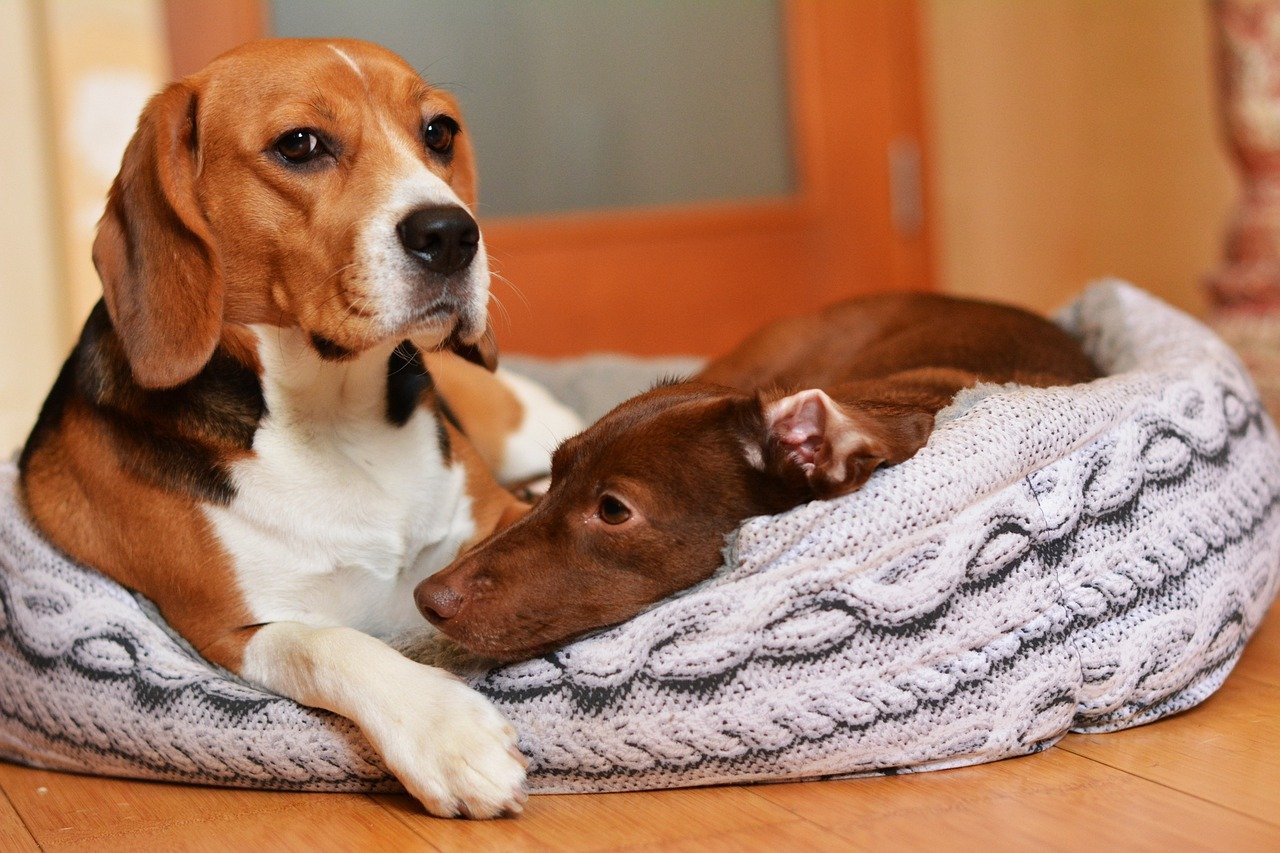
Beagles are known for their expressive voices, and when they’re stressed, that voice gets extra loud! A stressed Beagle might howl, bark, or whine, especially if left alone or faced with something unfamiliar. They can also become destructive, chewing on shoes or furniture to release nervous energy. Watch for signs like restless pacing or frantic sniffing—they’re trying to make sense of their world. To ease a Beagle’s stress, provide plenty of opportunities for sniffing adventures and playtime. Interactive toys and treat-dispensing puzzles help keep their minds occupied. Most importantly, spend time together—Beagles are pack animals and need to feel included and loved.
Chihuahua: The Shaky Shiverer
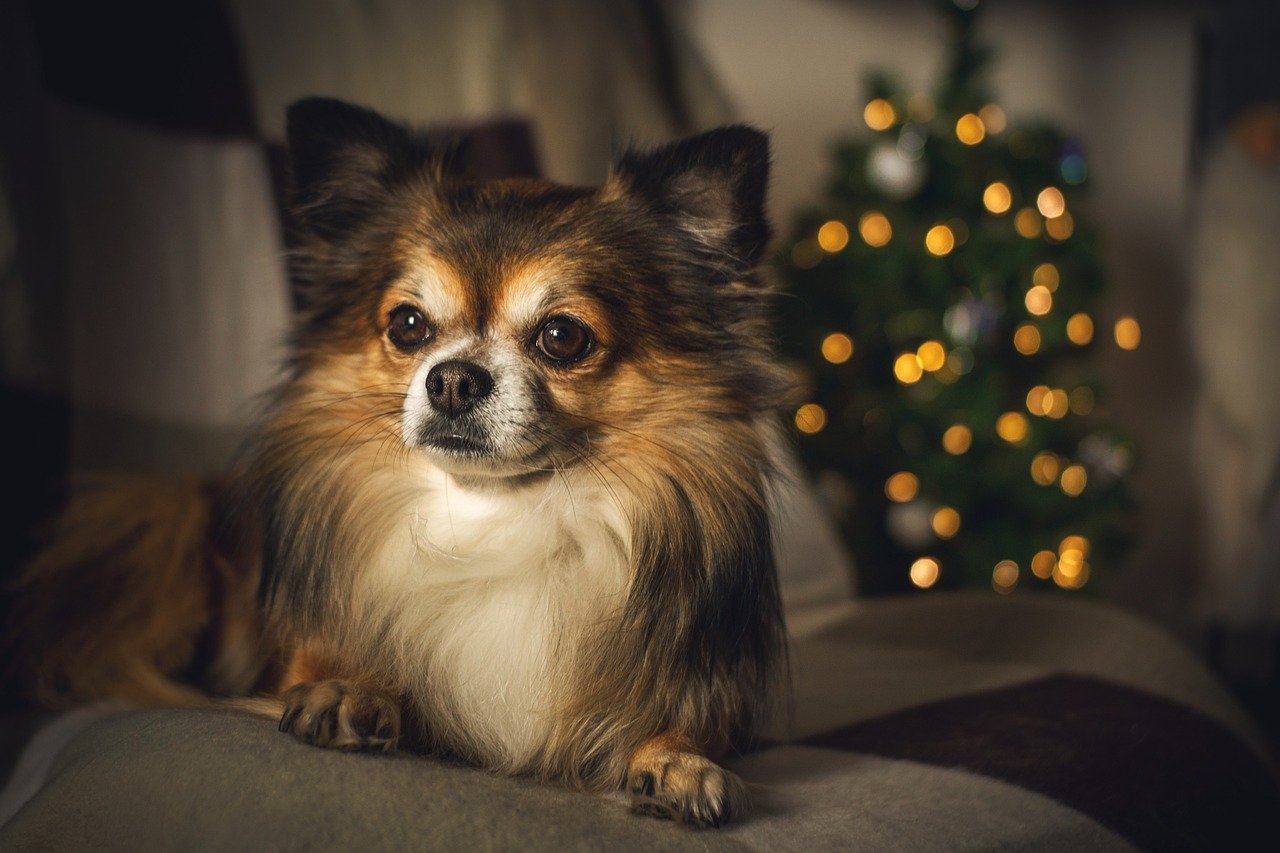
Tiny but mighty, Chihuahuas have big personalities packed into small bodies. When stressed, they might tremble or shake, even if the room is warm. Their ears may flatten, and they could retreat to a safe spot under a blanket or behind the furniture. You might also see them licking their lips or yawning, subtle cues of discomfort. To help a Chihuahua relax, try swaddling them in a soft blanket or holding them close for comfort. Speak in a gentle, reassuring tone and avoid sudden movements. Offering a small, safe space like a cozy dog bed can give them the security they crave during anxious moments.
Border Collie: The Overthinker
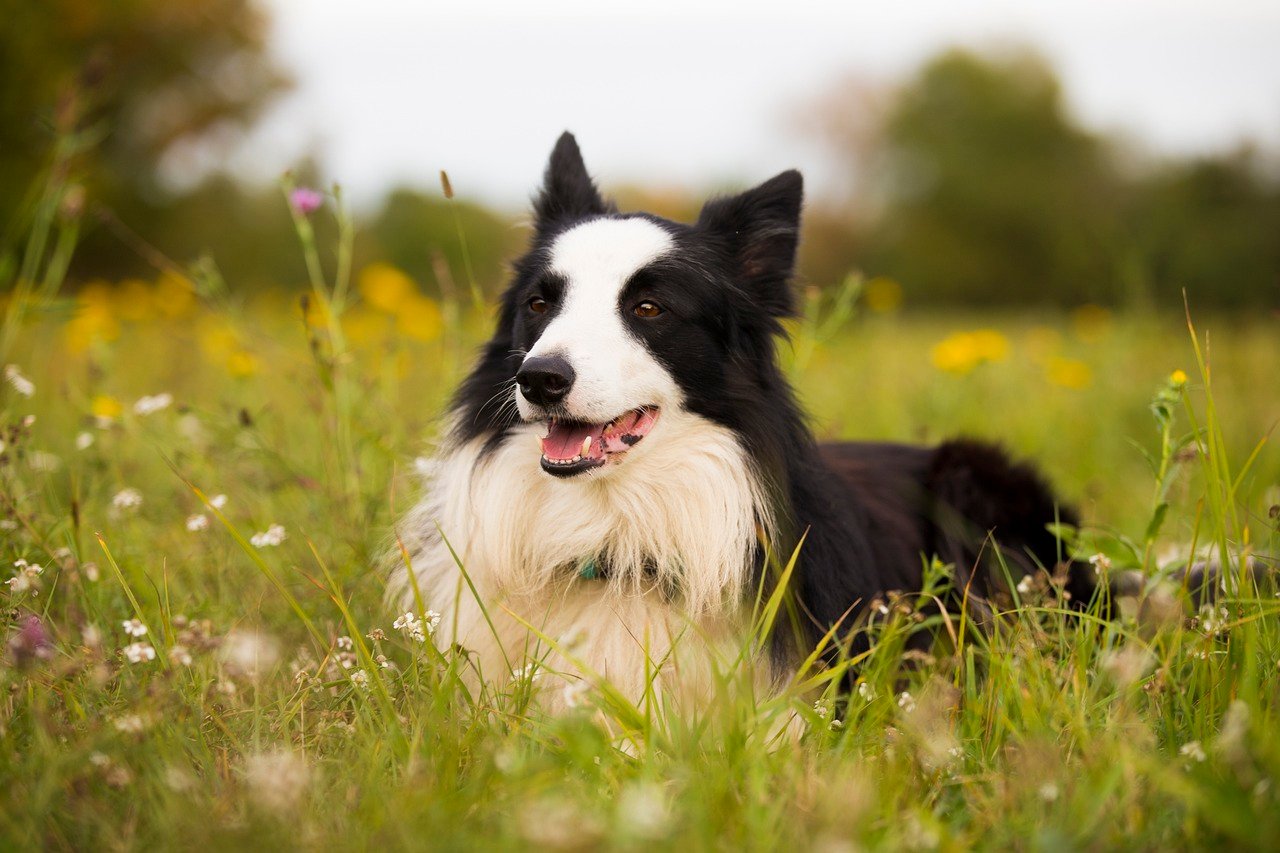
Border Collies are the Einsteins of the dog world, always thinking, planning, and analyzing. When stressed, they might obsessively herd people, pets, or even inanimate objects around the house. You may notice them nipping at heels or circling the family, desperate for order. Restlessness, excessive barking, and even compulsive behaviors like tail chasing are common. To help a Border Collie find calm, provide lots of mental challenges—hide-and-seek games, agility courses, or advanced obedience drills. Physical exercise is crucial, but so is quiet time to unwind. Give them a predictable routine, and don’t forget lots of praise when they relax and settle down.
Golden Retriever: The Comfort Seeker
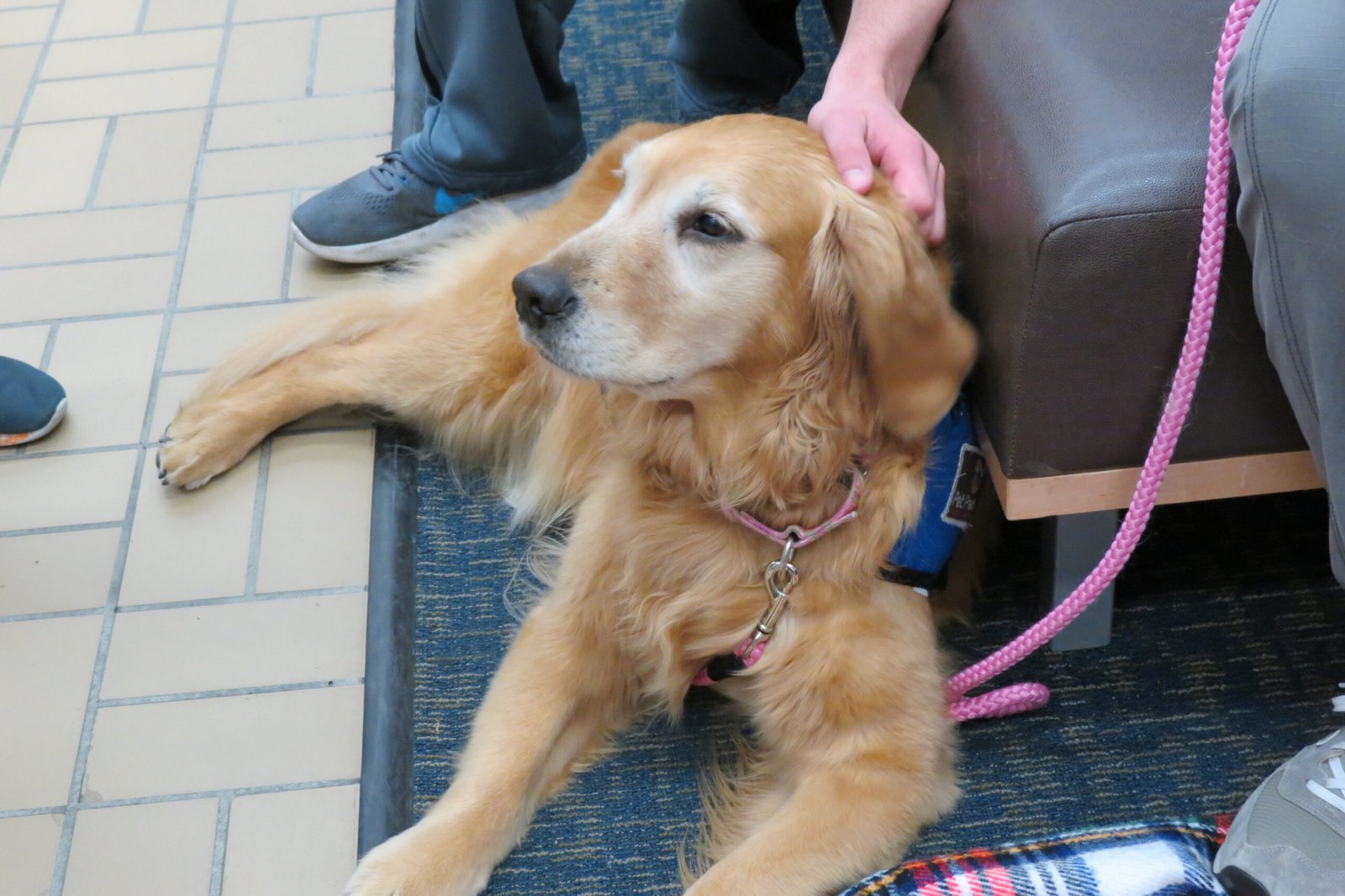
Golden Retrievers are famous for their loving natures, but when they’re stressed, they become even more desperate for affection. You’ll notice them leaning against you, putting their head in your lap, or nudging you with their nose for hugs. Some Goldens may drool more than usual, or exhibit a sad, soulful look in their eyes. They can also become unusually submissive, rolling over for belly rubs at the slightest sign of tension. To help a Golden relax, offer plenty of physical touch and soothing words. Keep their routine steady, and provide calming toys or chews to ease their minds. A walk in the park or a gentle game of fetch can work wonders in restoring their sunny disposition.
Yorkshire Terrier: The Barking Bundle

Yorkies may be small, but their reactions to stress are often big! When anxious, a Yorkie might bark excessively, sometimes at nothing at all. You’ll notice them pacing, scratching at doors, or even hiding in corners. Their tiny bodies may tremble, and they can become clingy or snappy with strangers. To calm a Yorkie, create a quiet retreat where they can escape the hustle and bustle. Offer treats and toys that keep their minds busy, and use reassuring words to let them know they’re safe. Regular grooming and gentle handling also help, as Yorkies are sensitive to touch and love feeling pampered.
Siberian Husky: The Dramatic Talker
Huskies are known for their vocal antics, and when stressed, they’ll let you know—loudly! From howls to “talking,” their range of sounds can be hilarious and surprising. You might see a Husky digging at the floor, escaping the yard, or pacing restlessly. They may also refuse food or become destructive, channeling their anxiety into chewing or shredding. To help a Husky relax, offer plenty of exercise and opportunities for exploration. A tired Husky is a happy Husky! Provide interactive toys and involve them in family activities. Consistent routines and lots of praise for calm behavior encourage them to settle down.
French Bulldog: The Attention Magnet
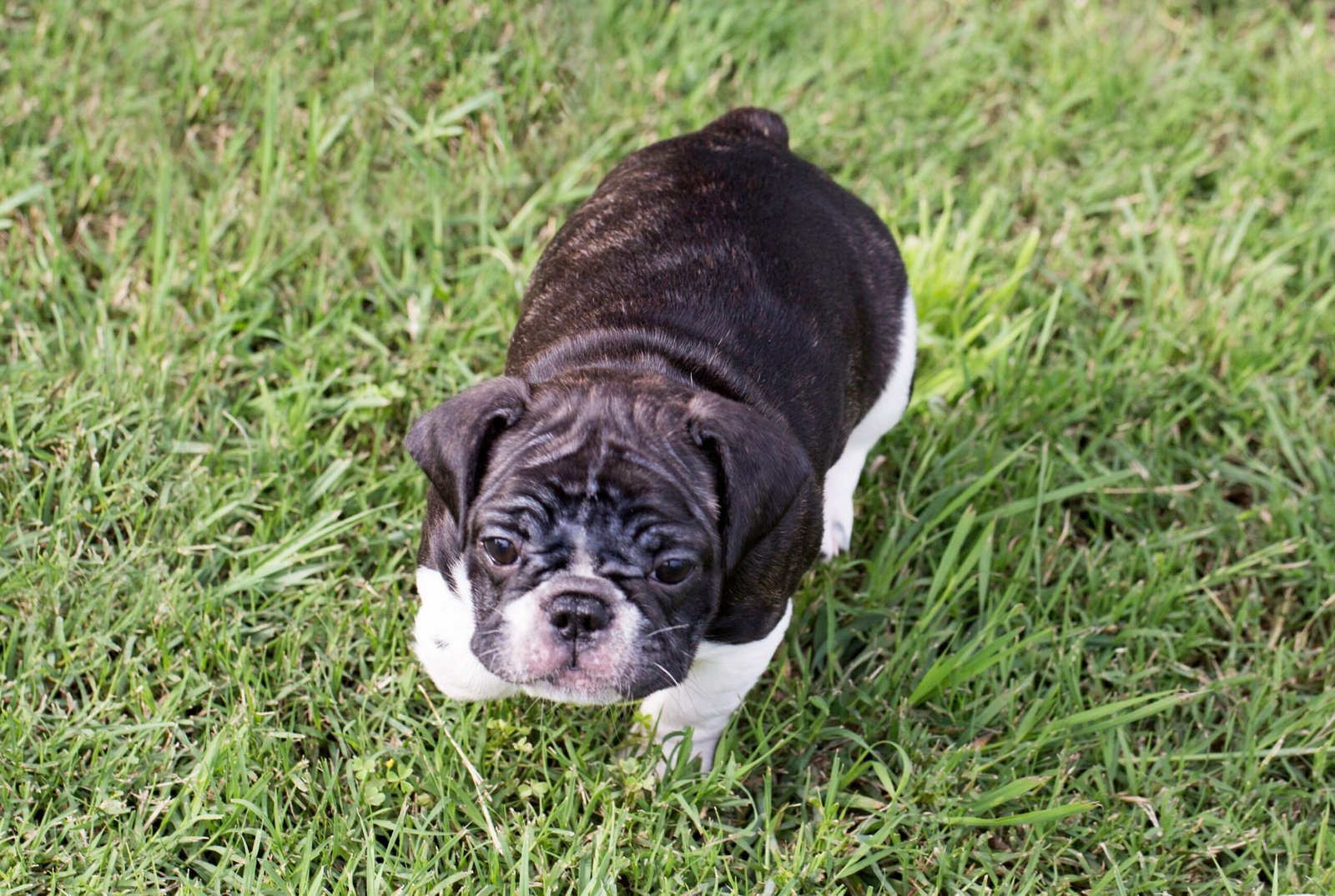
Frenchies adore human company, and when they’re stressed, they’ll do anything for your attention. Expect lots of head tilts, pleading eyes, and gentle pawing. Some French Bulldogs may snort or grunt more, or even refuse to eat. They often seek out laps to sit on or burrow under blankets for comfort. To help a Frenchie chill out, offer lots of affection and keep their environment low-key. Avoid overwhelming them with too many new people or noises at once. Short, frequent walks and play sessions help burn off nervous energy, while a cozy bed in a quiet spot gives them a safe haven.
Boxer: The Bouncy Bundle

Boxers are famously energetic, but when stressed, their usual bounciness can become frantic. They may jump up repeatedly, spin in circles, or bark at every little thing. Some Boxers will drool excessively or pant even when they haven’t been running. You might see them shadowing you or becoming unusually mouthy with toys and objects. To help a Boxer relax, give them plenty of structured play and exercise. Training sessions that involve focus and self-control are great for channeling their energy. Afterward, a calming cuddle and some quiet time help them wind down and feel secure.
Shih Tzu: The Velcro Pup
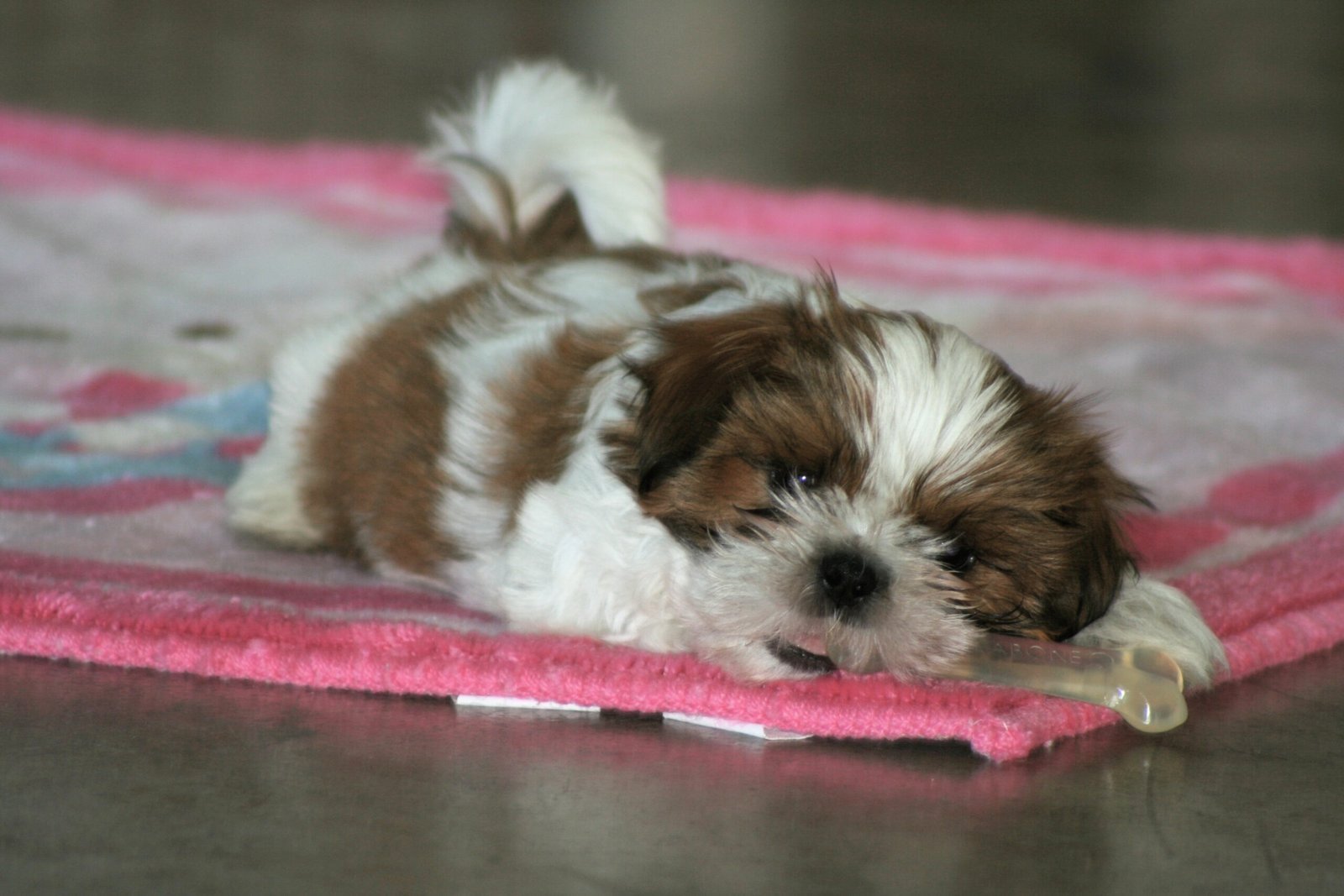
Shih Tzus are affectionate companions, and when they’re stressed, they stick to you like glue. You’ll notice them following you everywhere, pawing for attention, or whining softly when you leave the room. Some may hide under furniture or refuse to eat. Their stress can also show up as excessive grooming or yawning. To comfort a Shih Tzu, ensure they have a safe, cozy place to relax, away from loud noises or bustling activity. Gentle brushing and soothing words work wonders. Keeping their daily routine consistent helps them feel secure and loved.
Dachshund: The Burrower
Dachshunds have a natural instinct to burrow, and when they’re stressed, they’ll dig into blankets, pillows, or even your laundry. You may see them hiding under beds, whining, or barking at unfamiliar sounds. Sometimes, a stressed Dachshund will shiver or become unusually clingy, seeking out their favorite person for reassurance. To help them relax, offer plenty of cozy spots for burrowing and snuggling. Give them gentle pets and avoid overwhelming them with new experiences too quickly. Quiet playtime and calming routines help them feel safe and content.
Cavalier King Charles Spaniel: The Sad Eyes

Cavaliers are known for their soulful, expressive eyes. When they’re stressed, those eyes seem even bigger and sadder, and they may follow you with a pleading look. You might notice them withdrawing from play, losing interest in food, or hiding in quiet corners. Some Cavaliers will whimper softly or lick their paws as a way to self-soothe. To help them feel better, offer lots of gentle cuddles and calm, predictable routines. Soft music and a comfortable bed can create a safe environment. Most importantly, spend quality time together—these sweet dogs thrive on love and companionship.






